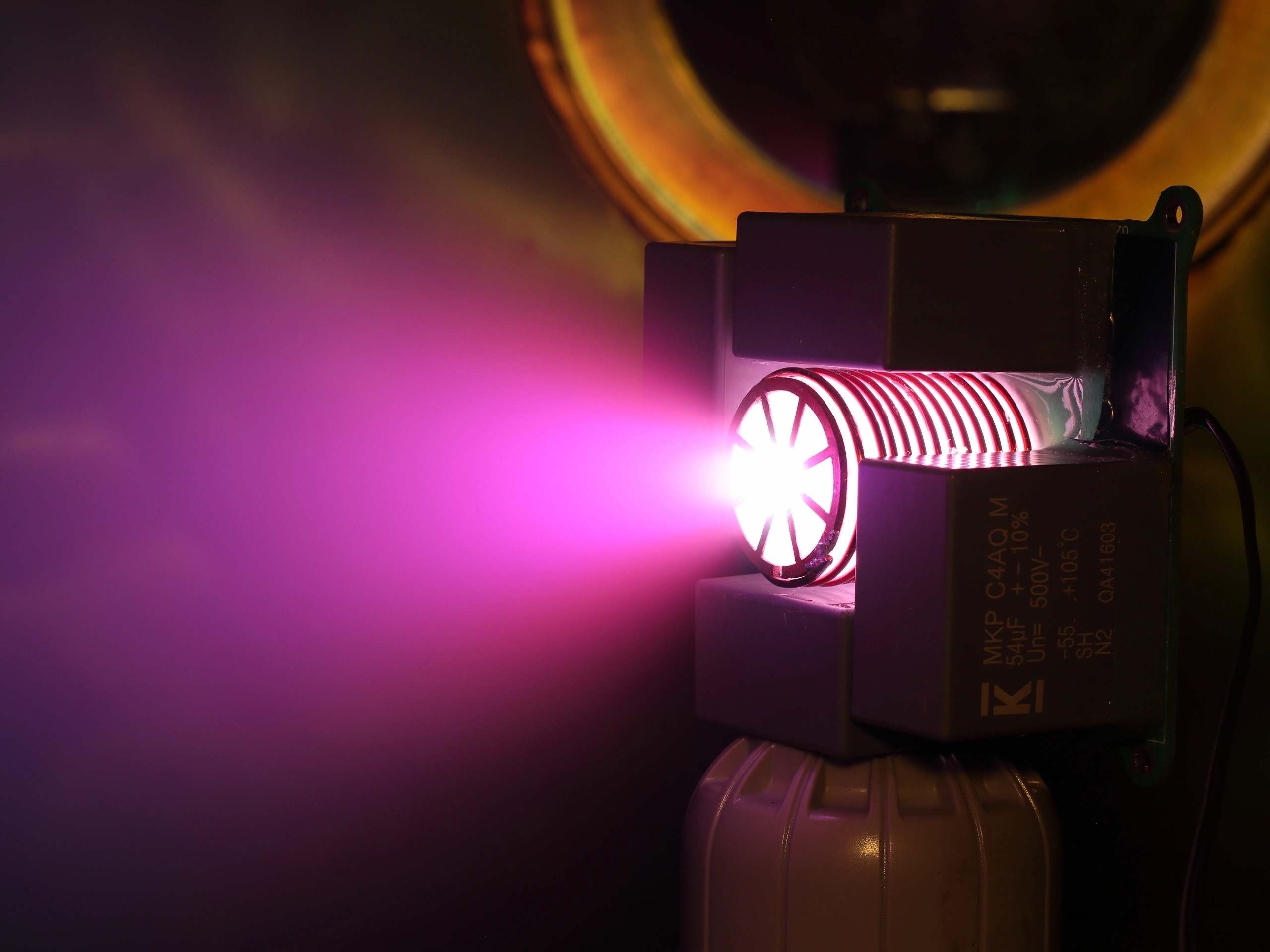Catalog
Search
431 products
View:
- Selected: 1Areas of use
- Selected: 0Item names
- Selected: 0Manufacturer
- Selected: 0Made in
- Selected: 0Additional
View:
431 products
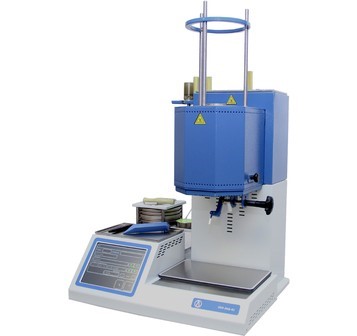
Installation for determining the melt flow index of thermoplastics PTR-LAB-02
Technical specifications:
Melt flow rate for 10 min, g
0,1 - 99,9
The dimensions of the capillary opening, mm
dia. 2,095
diam. 1,048 (optional)
diam. 1,180 (optional)
Set of loads, kg
0,325-5
10-21,6(optional)
Temperature range in the working chamber, °C +50...+450
Accuracy of temperature maintenance, °C:
- in the range of 50...300 °C: ± 0.1
- in the range of 300...350 ° C: ± 0.2
- in the range of 350...450°C: ±0.3
The discreteness of setting the temperature of the chamber, ° C 1
Time to enter the operating mode, no more, min 40
Power supply, V/kW 220/0.8
Installation dimensions, WxDxH mm
513x445x590 (920 –
Maximum height with a fully loaded polymer chamber and a full stack of loads with a handle for their installation)
Installation weight, not more than 70 kg
LOIP
Saint Petersburg
Produced in: Saint Petersburg

Pure Hydrogen Generator GVCH-36A
from
447 600 ₽
The characteristics of the device are similar to the model GVCH-12A (GVCH-25A).
The difference is the generator capacity of 36 liters / hour, the purity of the produced hydrogen is lower (99.998% vol).
Technical specifications
Purity of hydrogen in terms of dry gas is about 99.998 %
Concentration of water vapor at 20OC and 3 atm is no more than 7 ppm
Total hydrogen capacity reduced to normal conditions is 36 l/h
The range of the specified output pressure of hydrogen is from 3.0 to 6.1 ati
Stability of the output pressure of hydrogen is not worse than ± 0.03 ati
The time of setting the operating mode, with the output turned off is no more than 30 min
Volume of distilled water to be poured is 1.0 l
Distilled water consumption is no more 0.06 l/hour
Water consumption is 1.6 g/l of hydrogen
The average life of a replaceable deionization filter cartridge (at maximum performance and single-shift operation) is at least 0.5 years
Average pump life (for single-shift operation) is at least 0.5 years
Power consumption:
in stationary mode is no more than 250 VA
maximum (at startup) is no more than 280 VA
Overall dimensions of the generator, (width x depth x height) are not more than 230x470x450 mm
The mass of the generator is not more than 18 kg
Operating conditions:
ambient temperature, °C, from +10 to +35
powered by single-phase AC voltage, V, 220 (+10 -15)%
and frequency, Hz, 50 +1
The generator for electrical safety meets the requirements of Class 1, type H according to GOST 12.2.025-76
NPP Himelektronika
Moscow
Produced in: Moscow
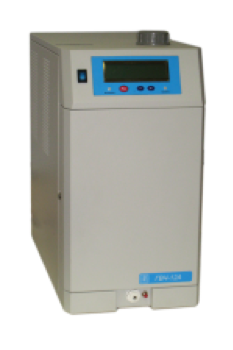
Pure Hydrogen Generator GVCH-12A
from
303 600 ₽
The device is equipped with an automatic regeneration system of fine filters, which reduces the maintenance of the device to a minimum. In terms of the totality of technical characteristics and ease of operation, it has no equal among similar laboratory hydrogen generators. The hydrogen capacity is 12 liters/hour (200 ml/min).
Technical specifications
Purity of hydrogen in terms of dry gas is about 99.9999%
Concentration of water vapor at 20OC and 1 atm is not more than 5ppm
Total hydrogen capacity, reduced to normal conditions is not less than 12 l/h
The range of the specified output pressure of hydrogen is from 3.0 to 6.1 ati
Stability of the output pressure of hydrogen is not worse than ± 0.02 ati
The time of setting the operating mode, with the output turned off is no more than 30 min
Volume of distilled water to be poured is 1.0 l
Distilled water consumption is no more 0.02 l/hour
Water consumption is 1.6 g/l of hydrogen
The average life of the replaceable cartridge of the deionization filter (at maximum performance and single-shift operation) is not less than 1 year
Average power consumption:
in stationary mode is no more than 180 VA
maximum (at startup) is no more than 220 VA
Overall dimensions of the generator, (width x depth x height) is not more than 230x470x450 mm
The mass of the generator is not more than 16 kg
Operating conditions:
ambient temperature, °C, from +10 to +35
powered by single-phase AC voltage 220 V(+10 -15)% and frequency 50 +1 Hz
The generator for electrical safety meets the requirements of Class 1, type H according to GOST 12.2.025-76
NPP Himelektronika
Moscow
Produced in: Moscow
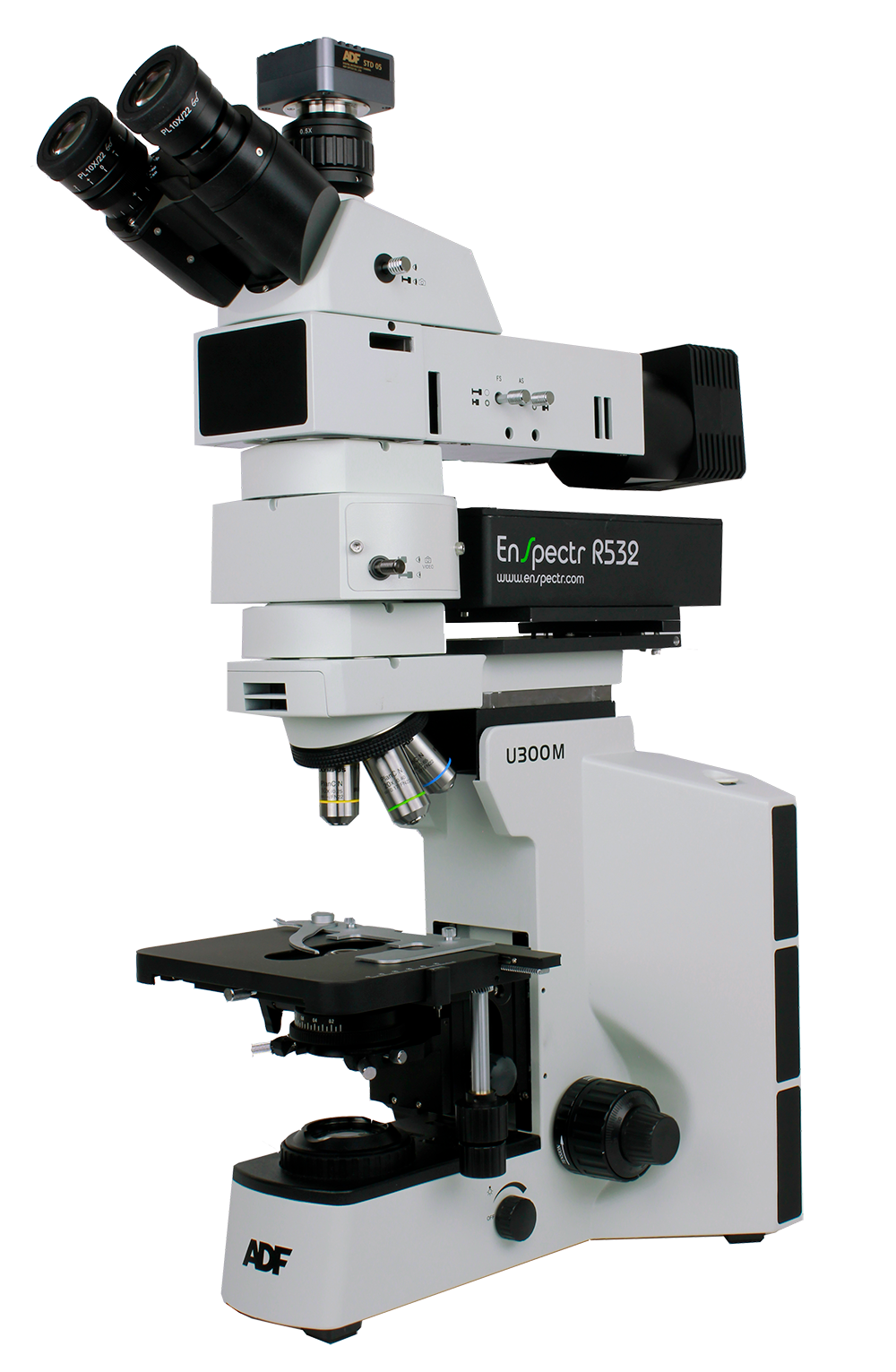
M532 Raman microscope by Spektr-M
1 supp.
The M532® Raman microscope combines the capabilities of the Inspectr R532® Portable Raman Express Analyzer and the U300M microscope, adapting it for both transmission and reflection measurements. The wide functionality of the M532 microscope makes it possible to find and analyze individual particles with a size of 2-3 µm among many similar ones with similar physical and chemical properties, which opens up new research opportunities within the framework of a single Raman system. A spatial resolution of 1 µm and a spectral resolution of 4-6 cm-1 ensure excellent measurement accuracy and reproducibility. The compact design and portability of the instrument allow for high-quality and instant analysis of substances without sample preparation, which makes the M532 microscope an indispensable instrument for a wide range of studies. Equipped with a motorized slide (optional) with a step of 0.36 µm, the M532 microscope scans the surface of the sample, recognizes substances in multi-component heterogeneous mixtures and creates a graphical image of the intensities of Raman scattering characteristic lines at various points on the surface (2D mapping), which makes the M532 microscope the most advantageous in terms of price-quality ratio scanning Raman microscope in the world market.
Spektr-M
Chernogolovka
Produced in: Chernogolovka, Moscow region
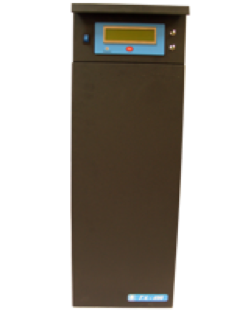
Nitrogen Generator GA-1200
from
516 000 ₽
The nitrogen generator is designed to create an inert atmosphere, fill low-pressure tanks, "wash" test tubes with inert gas and other applications that require a large, by laboratory standards, nitrogen consumption with reduced requirements for its purity.
Technical specifications
Volume fraction of nitrogen is not less than 99.0 % by volume (including impurities of inert gases — argon, neon, helium)
Volume fraction of oxygen is not more than, 1.0 % vol.
Volume fraction of water vapor is not more than 0.002 % vol. (20 ppm)
Maximum nitrogen capacity:
at an inlet air pressure of 7 ati is at least 1380 l/h (23 l/min)
The time of setting the operating mode for single-shift operation is no more than 30 min
Minimum inlet air pressure is 7 ati
Maximum allowable inlet air pressure is 8.5 ati
Compressed air consumption, at nominal inlet pressure and maximum flow rate is no more than 150 l/min
Power consumption is not more than 200 VA
Overall dimensions, (width x depth x height) are not more than 230x580x680 mm
Weight is not more than 38 kg
Working conditions:
ambient temperature, C°, from +10 to +35
Electric power supply from
single-phase AC mains voltage, V, 220± 10%
and frequency, Hz, 50 ± 1
Average full service life is at least 6 years
The generator for electrical safety meets the requirements of Class 1, type H according to GOST 12.2.025-76
NPP Himelektronika
Moscow
Produced in: Moscow
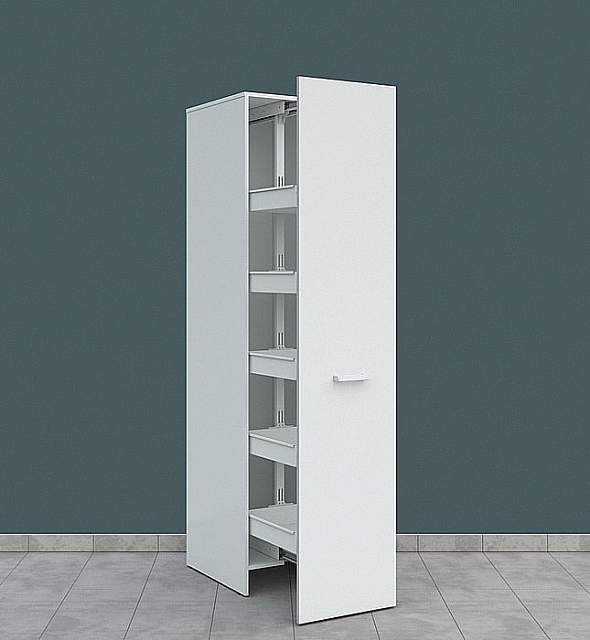
CABINET WITH MOBILE COLUMN MODEL: LK-450 SHR
from
63 948 ₽
The cabinet with a mobile column is designed for storing dry reagents (which do not emit fumes) and laboratory supplies. Each cabinet (module) is connected to the others in a section and has a wall mount. The roller provides easy extension of the column with shelves and protects the cabinet from tipping forward. The maximum capacity of the shelf does not exceed 20 kg, the total capacity of the cabinet does not exceed 100 kg. The design does not provide a flange for connection to the ventilation system. For the storage of liquid and aggressive reagents, you should choose a cabinet with a body made of polypropylene LK-SHRP or LK-SHR.
LK-450 SHR
Width - 450
CHIPBOARD- 44 340 ₽
STEEL- 68,460 ₽
SpetsBaltMebel
г. Санкт- Петербург
Produced in: Saint Petersburg
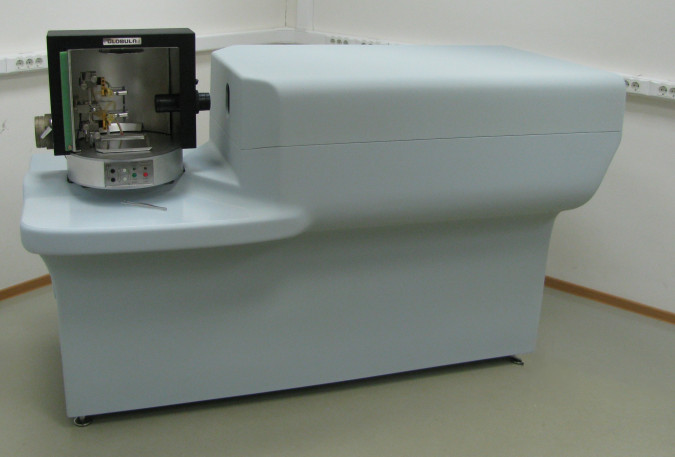
Atomic Emission Complex "Grand Globula"
Atomic Emission Complex "Grand Globula" includes a spectrometer "Grand", a spectroanalytic generator "Ball Lightning" and a tripod "Globula". It allows the analysis of various substances and materials in arc and spark discharges in air, for example according to GOST 17818.15-90 "Graphite. Spectral analysis method", GOST 9717.1-82 "Copper. A method of spectral analysis based on metallic standard samples with photoelectric spectrum registration" and other MVIS.
VMK OPTOELEKTRONIKA
Novosibirsk
Produced in: Novosibirsk
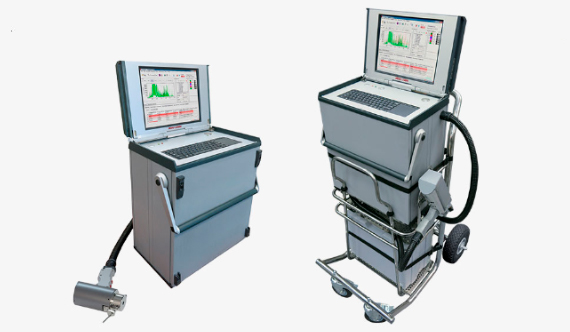
Atomic emission spectrometer Iskroline 500
1 supp.
The main advantage of a mobile spectrometer is the ability to measure the composition of alloys not only in the laboratory on specially prepared samples, but also directly in a workshop or warehouse without cutting the product or workpiece.
Iskrolajn
Saint Petersburg
Produced in: Saint Petersburg
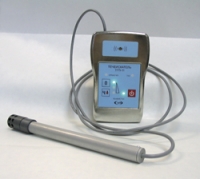
Leak Detector of Combustible Gases and Freons TGP-11
NPP Elektronstandart
Saint Petersburg
Produced in: Saint Petersburg
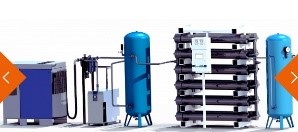
Membrane nitrogen plants
A membrane nitrogen plant is a set of special equipment designed to produce nitrogen from atmospheric air by the method of membrane separation at a pressure of up to 25 bar.
The production of nitrogen in this technological process is based on the principle of separation of gas mixtures in a membrane module, due to the different penetration rates of the components of the gas mixture through polymer membranes and the differential partial pressures on both sides. In the case of separation of the air mixture, oxygen has a greater permeability than nitrogen. The difficult-to-penetrate gas components (N2, CH4, CO) pass along the entire length of the generator and then come to the consumer. The output is a gas mixture with an N2 content of up to 99.9%.
The membrane installation allows to obtain high-pressure production gas (nitrogen).
The composition of a standard membrane nitrogen production plant:
Air compressor;
Dehumidifier;
Main filter block, including coal column;
Air receiver;
Membrane generator;
Production gas receiver.
PROVITA
Saint Petersburg
Produced in: Saint Petersburg

Adsorption nitrogen plant
Adsorption nitrogen plant is a set of equipment for the production of nitrogen from atmospheric air by short–cycle heat-free adsorption at a pressure of up to 13 bar.
The adsorption nitrogen plants of the Provita company allow to produce nitrogen with a purity of up to 99.9999%. The capacity of the plants ranges from several liters per minute to hundreds of cubic meters per hour.
The basis of the installations are nitrogen adsorption generators developed and manufactured by our company. A carbon molecular sieve with a developed microporous structure is used as an adsorbent. The gas generator requires dry compressed air with a pressure of at least 6 bar to operate, so the installation includes an air compressor, as well as a dehumidifier and an air receiver (if they are not part of the compressor).
The source air must be cleaned of dust and oil, which is carried out by the main filters included in the installation or directly by the nitrogen generator. The nitrogen receiver is used for the accumulation of production gas.
PROVITA
Saint Petersburg
Produced in: Saint Petersburg
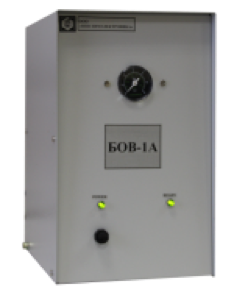
Nitrogen Purification Units BOV-1A
from
69 600 ₽
They are designed for purification of nitrogen (BOV-1A) and air (BOV-1) from hydrocarbons
Technical specifications
Maximum nitrogen inlet pressure is not more than 410± 5% kPa (4 ati)
Maximum allowable nitrogen consumption is no more than 350 ml/min
The concentration of hydrocarbons in terms of methane in the input nitrogen is not more than 0.0025 %(25 ppm)
The concentration of hydrocarbons in nitrogen at the outlet of the device at maximum flow is not more than about 0.00001 % (0.1 ppm)
Ready time after switching on at a flow rate not exceeding the maximum value is no more than 30 minutes
Power consumption is not more than 50 VA
Overall dimensions, (width x depth x height) are not more than 185x310x310 mm
Weight is not more than 5.0 kg
Working conditions:
ambient temperature, °C, from +10 to +35
relative humidity of the surrounding air, %, no more, at 35 °C 80
Electric power supply from a single-phase AC network
with a voltage of 220 +10% -15%
and a frequency of 50 ± 1 Hz
NPP Himelektronika
Moscow
Produced in: Moscow
